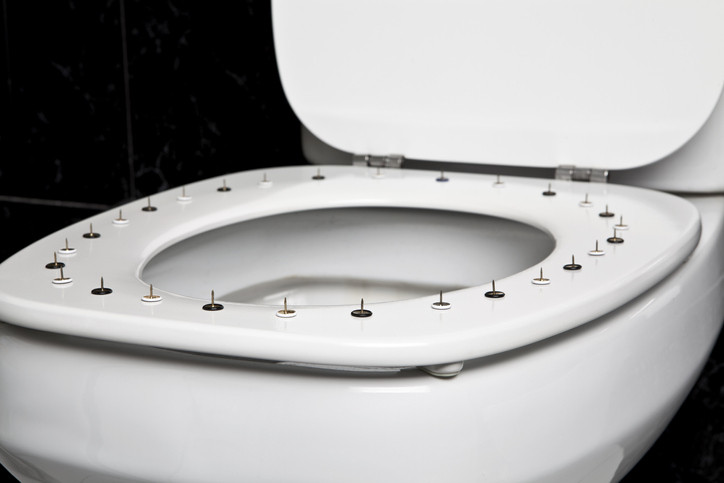
When you have hemorrhoid discomfort, you want relief as soon as possible. Many individuals believe that there is nothing you can do to get rid of hemorrhoids on your own. However, there are a few things you may do at home to prevent and treat hemorrhoids.
Hemorrhoids are irritated blood vessels located within and around the anus and rectum. External hemorrhoids are those that appear on the exterior of the anus. Internal hemorrhoids form on the inside of the rectum and can protrude from the anus. They can, however, typically be forced back inside.
Hemorrhoids can cause bleeding, itching, discomfort, or pain depending on where they are. Internal hemorrhoids are normally mild, however, external hemorrhoids are usually painful.
What causes hemorrhoids?
Blood veins in and around the anus and rectum are present in everyone from birth. However, they are harmless unless they become swollen and inflamed. Constipation causes hard stool, which is the most prevalent cause of hemorrhoids. However, there are additional factors that might cause enlarged hemorrhoids, such as:
- Pregnancy
- Chronic diarrhea
- Excessive sitting
- Excessive straining with bowel movements
5 ways to get rid of hemorrhoids
If you suspect you have hemorrhoids or rectal bleeding, you should consult your doctor. This is to ensure that you have a full physical examination, including a digital rectal exam. If your doctor verifies that you have hemorrhoids, you can make a few changes to assist in controlling your symptoms.
Here are five things you may do to help get rid of your hemorrhoids:
1. Increase your water intake
The primary cause of hemorrhoids is constipation or hard stool. A lack of liquids (dehydration) can also cause constipation. Your provider may advise you to increase the water you drink daily. This will aid in the softening of your stools.
There is no set amount of water you should drink each day. It will be different for each person. If you’re constipated, talk to your doctor about how much water you should drink daily.
2. Increase your fiber intake
Most people can benefit from extra fiber in general. The average American consumes about 16g of fiber per day, which is much below the recommended amount. The daily fiber recommendations for women are 25g and 38g for males. Increasing your fiber intake will aid in the treatment of constipation and the improvement of hemorrhoid symptoms.
Fiber can be found in a variety of foods, including fruits and vegetables. Nuts, legumes, and entire grains also contain fiber.
3. Improve your toilet habits
It’s easy to lose track of time while on the toilet, whether you’re reading, playing on your phone, or simply having a peaceful moment. Prolonged sitting and/or straining on the toilet might aggravate hemorrhoids.
A solid rule of thumb is to keep all reading material out of the restroom. Also, don’t bring your cell phone or tablet. Instead, it’s critical to do your business and exit the toilet as swiftly as possible, with no distractions.
4. Take sitz baths
A sitz bath is a simple and effective method for removing hemorrhoids and alleviating their painful symptoms. Simply soak your bottom in warm water for 10 to 15 minutes to enjoy a sitz bath. This can be done in a bathtub or a small plastic tub obtained from a pharmacy.
To help ease your symptoms, you can take a sitz bath many times per day or as needed. Warm water alone can aid, but additives such as Epsom salt can also help.
5. Increase your physical activity
Being physically active has numerous advantages, including aiding in the treatment of hemorrhoids. Exercise can help by increasing the frequency of your bowel motions. This will relieve constipation and reduce straining with bowel motions.
Weight lifting and squats, for example, might aggravate hemorrhoids. However, the majority of workouts can help with your problems. Aerobic activities such as walking or swimmin’
